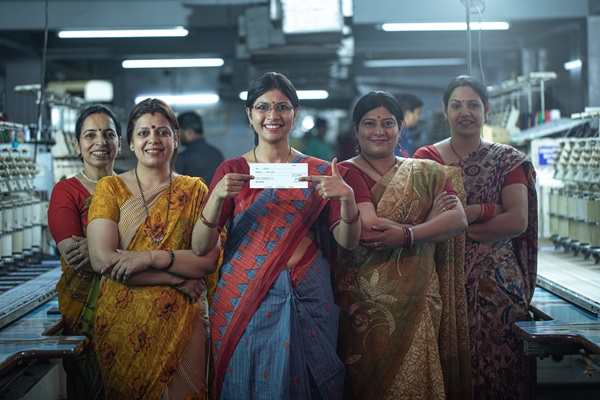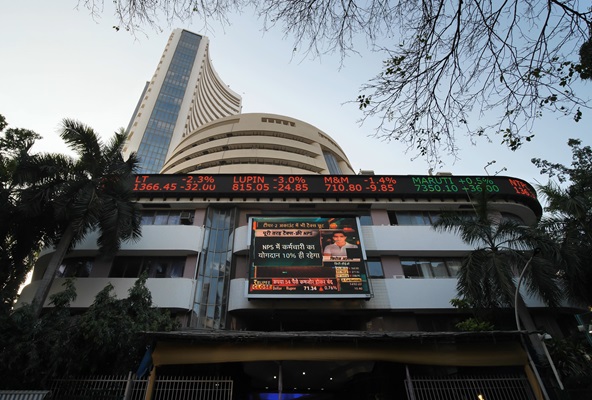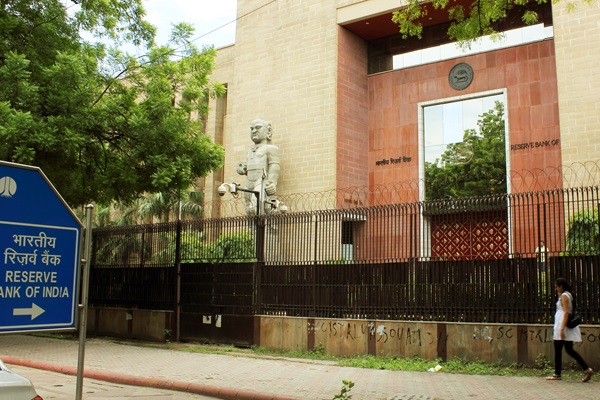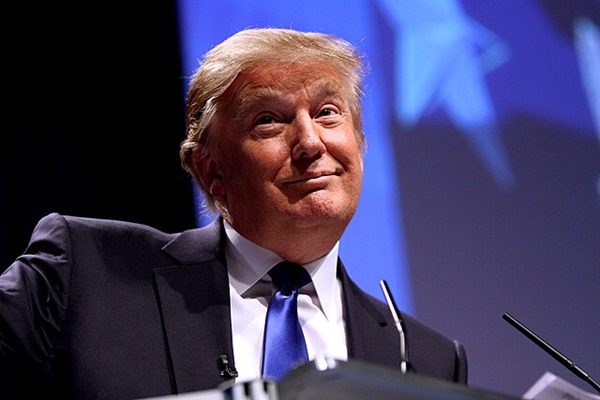.png)
Trump's "Most Favored Nation" Plan Exposes Indian Big Pharma's Concentration Risk
New executive order targeting drug prices reveals dangerous US dependency and accelerates the need for market diversification and higher-value products.
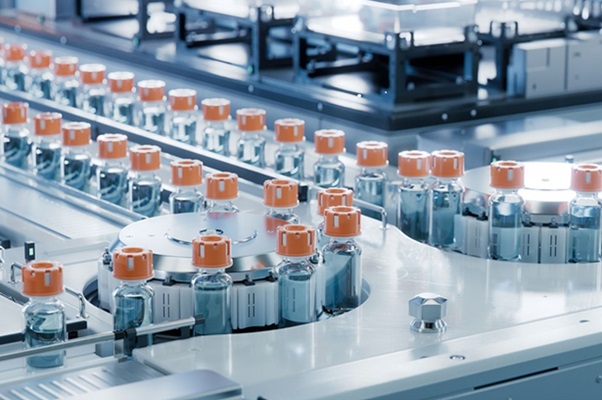
By Dev Chandrasekhar
Dev Chandrasekhar advises corporates on big picture narratives relating to strategy, markets, and policy.
May 13, 2025 at 8:26 AM IST
President Trump's newly-signed "Most-Favored-Nation" pricing policy has exposed a critical vulnerability in India's pharmaceutical sector – its decades-long over-dependence on the US market.
The executive order signed May 12 implies that Americans will pay no more than the lowest price available globally for medicines, with a tight timeline: the US Health and Human Services will communicate price targets within 30 days, and companies have six months after that to demonstrate "significant progress" or face “aggressive measures”.
For India's pharmaceutical companies, which collectively earn a third of their export revenue from the US, this policy stroke threatens to disrupt a core business pillar.
The concentration issue runs even deeper at the company level. In 2024-25, Dr Reddy's Laboratories got 47% of its total sales from North America, while Cipla and Sun Pharmaceutical were at approximately 30% each.
The US accounts not only for a big chunk of sales for these companies, but also is the highest-margin market. While Indian companies' overall profit margins average 11-16%, their margins on US-focused specialty products can reach 25-30%. Thus, the US market might represent 30-47% of revenue for major players but can account for 50-60% of their overall profits.
The US market gives these companies higher pricing power over the highly-regulated and price-controlled markets in India and many other developing countries.
This can be seen in specialty generics and branded products, a growing segment. While Indian companies' overall profit margins average 11-16%, their margins on US-focused specialty products can reach 25-30%.
The Nifty Pharma index fell 2% from the previous close after Trump’s social media “announcement”, made a few hours before the formal announcement. But, it recovered to close slightly up in line with the broad market on Monday.
This suggests investors either expect the policy to face legal roadblocks or believe companies can adapt quickly enough.
History offers some support for the first possibility. Trump's similar initiative in 2020 was blocked by federal courts before the Biden administration formally rescinded it. The pharmaceutical industry's main US lobbying group, PhRMA, has already signalled legal opposition.
But this could be dangerous complacency. Indian pharma has been operating on borrowed time with its US-centric export model. The market concentration risk has been building for years, but it was convenient to ignore while quarterly numbers looked good.
Financial vulnerability varies significantly across companies. Those deriving over 40% of revenue from the US market while focusing primarily on basic generics face the greatest risk. In contrast, diversified companies with substantial exposure to alternative markets and higher-value products will be more resilient.
Market diversification represents the most immediate defensive play.
The $28-30 billion African pharmaceutical market is growing at 10% annually and expected to reach $56-70 billion by 2030. Southeast Asia's market is projected to grow at 5-8% annually through 2027, exceeding developed markets' growth rates. Latin America represents another substantial opportunity, growing at approximately 9% per year and already more than twice the size of the African and Middle Eastern markets combined.
Implementation challenges are substantial, however.
Success requires market-specific regulatory expertise, distribution partnerships, and product adaptations that many Indian firms haven't developed. The Indian Pharmaceutical Alliance's newly-formed Africa Strategy Task Force acknowledges these gaps, recommending pooled market intelligence and shared distribution infrastructure.
Value chain advancement is equally critical.
Basic generics face the greatest vulnerability to pricing pressures and potential reshoring initiatives. Moving toward complex generics, biosimilars, and specialised delivery systems offers both margin improvement and reduced competitive pressure.
Biocon exemplifies this approach. Through its Mylan partnership, it has established robust biosimilar capabilities, with its insulin glargine product and pegfilgrastim maintaining significant market share despite established competition. Companies serious about reducing concentration risk could also increase R&D spending while shifting these investments from routine generic development toward specialised technologies and formulations.
Government support is critical. The Production Linked Incentive scheme offers 5-15% incentives on incremental sales, but it needs to be increased and specifically target R&D investments and market diversification initiatives.
For investors, the differentiation is clear.
Firms demonstrating progress on market diversification and value chain advancement may initially sacrifice short-term margins but significantly reduce concentration risk. The companies with heavy US dependency and basic generic portfolios will be undergo scrutiny regardless of near-term performance.
The six-month window before potential enforcement measures provides limited time for adaptation. Companies that recognised this concentration risk years ago are positioned to navigate this disruption. Those still contemplating their first moves beyond the US market face a much steeper challenge.




